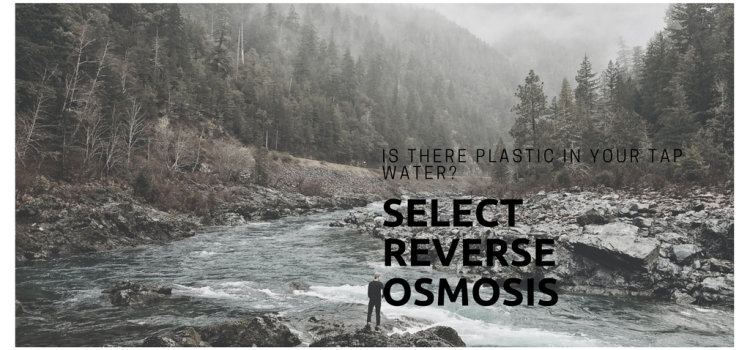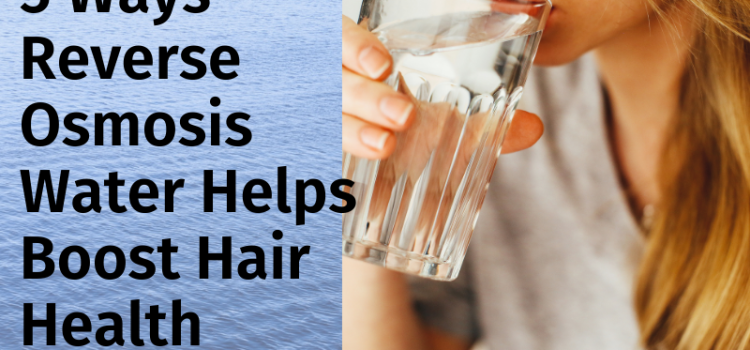By:Schijven, J (Schijven, Jack)[ 1,2 ] ; Teunis, P (Teunis, Peter)[ 3 ] ; Suylen, T (Suylen, Trudy)[ 4 ] ; Ketelaars, H (Ketelaars, Henk)[ 4 ] ; Hornstra, L (Hornstra, Luc)[ 5 ] ; Rutjes, S (Rutjes, Saskia)[ 1 ]
WATER RESEARCH
Volume: 158
Pages: 34-45
DOI: 10.1016/j.watres.2019.03.090
Published: JUL 1 2019
Document Type:Article
According to the Dutch Drinking Water Act of 2011, Dutch drinking water suppliers must conduct a Quantitative Microbial Risk Assessment (QMRA) for infection by the following index pathogens: enterovirus, Campylobacter, Cryptosporidium and Giardia at least once every four years in order to assess the microbial safety of drinking water. The health-based target for safe drinking water is set at less than one infection per 10 000 persons per year. At Evides Water Company, concern has arisen whether their drinking water treatment, mainly based on UV inactivation and chlorine dioxide, reduces levels of adenovirus (AdV) sufficiently. The main objective was, therefore, to conduct a QMRA for AdV. Estimates of the MV concentrations in source water were based on enumeration of total AdV by integrated cell culture PCR (iccPCR), most probable number PCR (mpnPCR) and quantitative PCR (qPCR), and on enumeration of AdV40/41 by mpnPCR and qPCR. AdV40/41 represents a large fraction of total AdV and only a small fraction of AdV is infectious (1/1700). By comparison of literature data and plant scale data, somatic coliphages appeared a good, conservative indicator for AdV disinfection by UV irradiation. Similarly, bacteriophage MS2 appeared to be a good, conservative indicator for disinfection by chlorine dioxide. Literature data on the efficiency of chlorine dioxide disinfection were fitted with the extended HOM model. Chlorine dioxide disinfection at low initial concentrations (0.05-0.1 mg/l) was found to be the major treatment step, providing sufficient treatment on its own for compliance with the health based target. UV disinfection of AdV at 40 mJ/cm(2) or 73 mJ/cm(2) was insufficient without chlorine dioxide disinfection. (C) 2019 Published by Elsevier Ltd.
The post QMRA of adenovirus in drinking water at a drinking water treatment plant using UV and chlorine dioxide disinfection appeared first on Facts About Water.
Source: Water Feed









